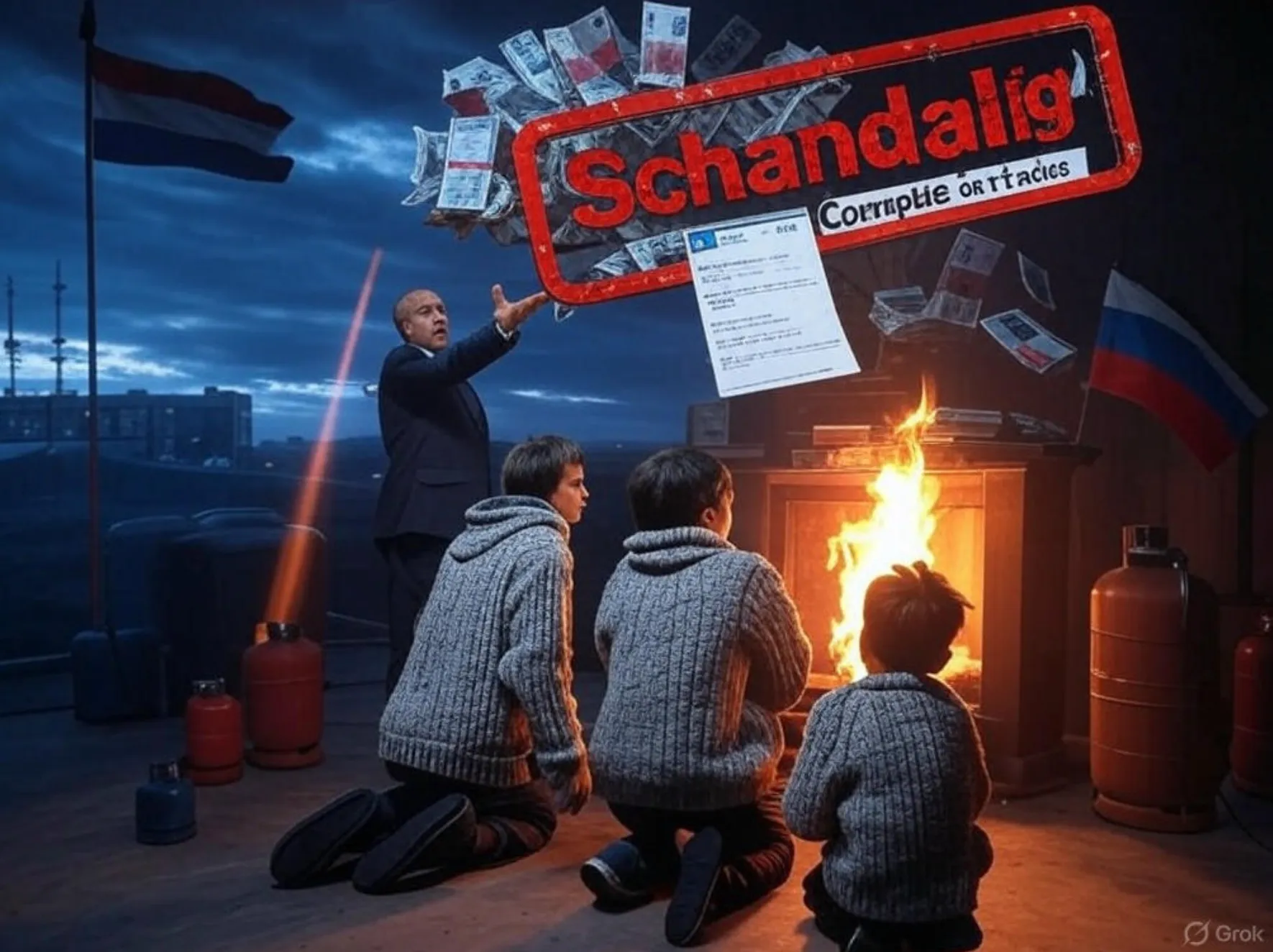Dubieuze wetenschap van klimaatkruisridders
I want to discuss a [ ] moral epidemic: the notion that increasing atmospheric concentrations of greenhouse gases, notably carbon dioxide, will have disastrous consequences for mankind and for the planet. The climate crusade is one characterized by true believers, opportunists, cynics, money-hungry governments, manipulators of various typeseven childrens crusadesall based on contested science and dubious claims.
I am a strong supporter of a clean environment. We need to be vigilant to keep our land, air, and waters free of real pollution, particulates, heavy metals, and pathogens, but carbon dioxide (CO2 ) is not one of these pollutants. Carbon is the stuff of life. Our bodies are made of carbon. A normal human exhales around 1 kg of CO2 (the simplest chemically stable molecule of carbon in the earths atmosphere) per day. Before the industrial period, the concentration of CO2 in the atmosphere was 270 ppm. At the present time, the concentration is about 390 ppm, 0.039 percent of all atmospheric molecules and less than 1 percent of that in our breath.
About fifty million years ago, a brief moment in the long history of life on earth, geological evidence indicates, CO2 levels were several thousand ppm, much higher than now. And life flourished abundantly. Now the Environmental Protection Agency wants to regulate atmospheric CO2 as a pollutant.
Both the United States Navy (for submariners) and nasa (for astronauts) have performed extensive studies of human tolerance to CO2. As a result of these studies, the Navy recommends an upper limit of about 8000 ppm for cruises of ninety days, and nasa recommends an upper limit of 5000 ppm for missions of one thousand days, both assuming a total pressure of one atmosphere. Higher levels are acceptable for missions of only a few days. We conclude that atmospheric CO2 levels should be above 150 ppm to avoid harming green plants and below about 5000 ppm to avoid harming people. That is a very wide range, and our atmosphere is much closer to the lower end than to the upper end. The current rate of burning fossil fuels adds about 2 ppm per year to the atmosphere, so that getting from the current level to 1000 ppm would take about 300 yearsand 1000 ppm is still less than what most plants would prefer, and much less than either the nasa or the Navy limit for human beings.
The first IPCC report, issued in 1990, showed both the medieval warm period and the little ice age very clearly. In the IPCCs 2001 report was a graph that purported to show the earths mean temperature since the year 1000. A yet more extreme version of the hockey stick graph made the cover of the Fiftieth Anniversary Report of the United Nations World Meteorological Organization. To the surprise of everyone who knew about the strong evidence for the little ice age and the medieval climate optimum, the graph showed a nearly constant temperature from the year 1000 until about 150 years ago, when the temperature began to rise abruptly like the blade of a hockey stick. The inference was that this was due to the anthropogenic pollutant CO2. This damnatia memoriae of inconvenient facts was simply expunged from the 2001 IPCC report, much as Trotsky and Yezhov were removed from Stalins photographs by dark-room specialists in the later years of the dictators reign.
There was no explanation of why both the medieval warm period and the little ice age, very clearly shown in the 1990 report, had simply disappeared eleven years later. The IPCC and its worshipful supporters did their best to promote the hockey-stick temperature curve.
The hockey-stick curve caught the attention of two Canadians, Steve McIntyre, a mining consultant, and an academic statistician, Ross McKitrick. As they began to look more carefully at the original datamuch of it from tree ringsand at the analysis that led to the hockey stick, they became more and more puzzled. By hard, remarkably detailed, and persistent work over many years, consistently frustrated in their efforts to obtain original data and data-analysis methods, they showed that the hockey stick was not supported by observational data. An excellent, recent history of this episode is A. W. Montfords The Hockey Stick Illusion.
About the time of the Copenhagen Climate Conference in the fall of 2009, another nasty thing happened to the global-warming establishment. A Russian server released large numbers of e-mails and other files from computers of the Climate Research Unit (CRU) of the University of East Anglia. Among the files released were e-mails between members of the power structure of the climate crusade, the team. These files were, or should have been, very embarrassing to their senders and recipients. A senior scientist from CRU wrote, for example: PS, Im getting hassled by a couple of people to release the CRU station temperature data. Dont any of you three tell anybody that the UK has a freedom of information act.
A traditional way to maintain integrity in science is through peer review, the anonymous examination of a scientific paper by qualified, competing scientists before publication. In a responsible peer review, the authors may be required to make substantial revisions to correct any flaws in the science or methodology before their paper is published. But peer review has largely failed in climate science. Global warming alarmists have something like Gadaffis initial air superiority over rag-tag opponents in Libya. Consider this comment from one of the most respected IPCC leaders, as revealed in the CRU e-mails: I cant see either of these papers being in the next IPCC report. Kevin and I will keep them out somehoweven if we have to define what the peer-review literature is. And consider the CRU e-mail comment on a journal that committed the mortal sin of publishing one of the heretical papers: I think we have to stop considering Climate Research as a legitimate peer-reviewed journal. Perhaps we should encourage our colleagues in the climate research community to no longer submit to, or cite papers in, this journal.
Peer review in climate science means that the team recommends publication of each others work, and tries to keep any off-message paper from being accepted for publication.
Skeptics motives are publicly impugned; denigrating names are used routinely in media reports and the blogosphere; and we now see attempts to use the same tactics that Big Brother applied to the skeptical hero, Winston Smith, in Orwells 1984. In 2009 a conference of ecopsychologists was held at the University of West England to discuss the obvious psychological problems resident in those who do not adhere to the global warming dogma. The premise of these psychologists was that scientists and members of the general population who express objective doubt about the propagated view of global warming are suffering from a kind of mental illness. We know from the Soviet experience that a society can find it easy to consider dissidents to be mentally deranged and act accordingly.
However, the situation is slowly getting better. Skeptics are more numerous and better organized than before. In a few cases, leading former adherents have publicly and courageously spoken out against the dogma and its core of establishment promoters. The IPCC itself has come under severe criticism by the international scientific establishment for its series of bizarre errors and organizational failings. Under pressure from a dissident group of Fellows, the Royal Society moved to meaningfully moderate its former radically alarmist position on global warming. And perhaps most important of all, public skepticism has increased significantly, and with it has come a major drop in support of the climate crusades attempt to seize control of the pollutant, CO2.
In our efforts to conserve the created world, we should not concentrate our efforts on CO2. We should instead focus on issues like damage to local landscapes and waterways by strip mining, inadequate cleanup, hazards to miners, and the release of real pollutants and poisons like mercury, other heavy metals, and organic carcinogens. Much of the potential harm from coal mining can be eliminated, for example, by requirements that land be restored to a condition that is at least as good as, and preferably better than, when the mining began.
Life is about making decisions, and decisions are about trade-offs. We can choose to promote investment in technology that addresses real problems and scientific research that will let us cope with real problems more efficiently. Or we can be caught up in a crusade that seeks to suppress energy use, economic growth, and the benefits that come from the creation of national wealth.


